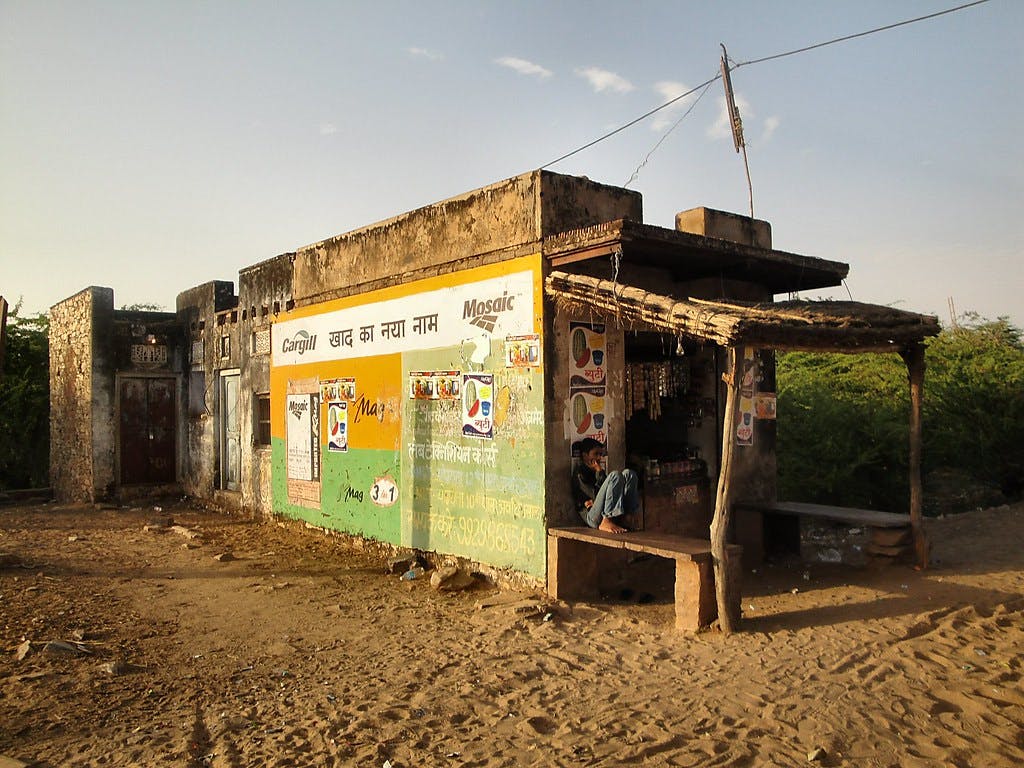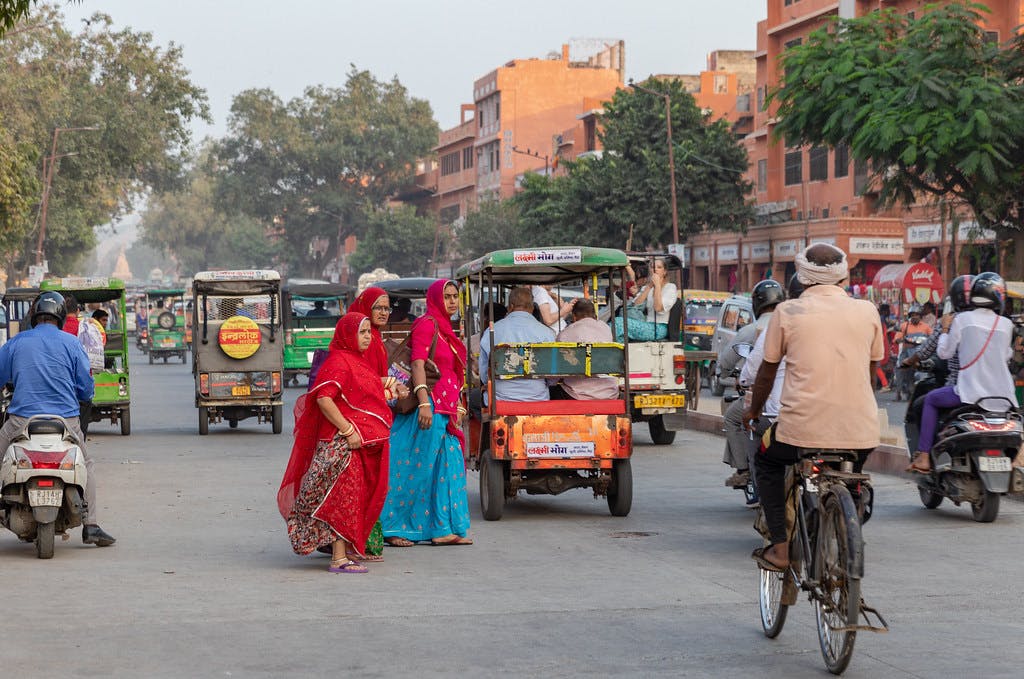Introduction
India is one of the fastest-growing economies in the world. However, it’s also a country with a deeply fractured society – not just religiously and culturally, but also economically.
While the UN Development Programme reports that over 270 million people have escaped multidimensional poverty between 2006 and 2016, there’s still a long way to go. As of May 2020, over 41 million Indian people were still forced to live under the extreme poverty line of $1.90 a day.
In the following article, we’re going to take a look at the top reasons for poverty in India. We’re also going to discuss a couple of ways in which you can support the country’s poorest.
Poverty in India – key reasons
There are several factors that contribute to the spread of poverty. These are:
Widespread corruption
Social programs in India keep failing because of severe corruption in the country. For instance, the $9 billion poverty alleviation MNREGA government program (short for Mahatma Gandhi National Rural Employment Guarantee Act) failed because resources were mismanaged. In order for social programs to succeed, the country needs to win the battle against financial misappropriation.
Uneven wealth distribution
Most people under the poverty line in India live in rural parts of the country – especially among tribal communities. 85% of all tribal inhabitants live in the states of Bihar, Jharkhand, Odisha, Madhya Pradesh, Chattisgarh, Uttar Pradesh, and Uttarakhand. Alone, they constitute over 60% of the country’s poorest.

Oxfam reports that “India's top 1% of the population now holds 73% of the wealth while 670 million citizens, comprising the country's poorest half, saw their wealth rise by just 1%”.
The NGO also calculates that it would take 941 years of work for a minimum wage worker to reach the yearly earnings of a top paid garment company executive.

Many NGOs worry that such an uneven concentration of wealth will further hinder opportunities to escape poverty.
Limited access to healthcare
While it may come as a shock, India has higher infant mortality rates than Subsaharan Africa. The country has a 17% rate of global maternal deaths and a staggering 21% rate of deaths among children under the age of 5.
What’s the root cause of this disheartening reality?
In many regions, healthcare is still a luxury. As many as 63 million Indians are not ‘simply’ deprived of access to doctors – they’re actually pushed into poverty because of medical costs.
It’s crucial that NGOs reach the healthcare-deprived members of the society – which, with the corruption rates we discussed earlier, is quite a challenge.
Inaccessibility of healthcare (specifically, lack of access to contraceptives) also results in a high growth rate – which means a strained education system. This leads us to the next point...
Uneven educational and job opportunities
More than 27% of youngsters in India are excluded from education, employment, or professional training. This means one thing: it’s unlikely they’ll escape the harsh conditions they’ve been brought to the world in.
QZ alarms that, with the current birth rate, India’s labor market would need to generate 10 million new job openings “annually until 2030 to keep up with the growth of its working-age population”.
Unfortunately, between the years 2013-16, the market only offered anywhere between 150,000 and 400,000 job openings a year.
If the situation doesn’t improve, the fight for work will be fierce. Many will either remain unemployed, work in inhumane conditions, or – in the worst-case scenario – fall victim to organized crime (for example, prostitution and human trafficking).
The middle class isn’t unified
Some argue that the Indian middle class (which, depending on the metrics, is anywhere between 78 and 604 million) could form a strong political front to help the country rise to its feet. However, as mentioned by Hindustan Times, India doesn’t have just one middle class.

Rather, it has “many middle classes. [They] neither have the same interests, nor do they speak with the same political voice. Some vigorously participate in politics; others are disengaged. Some are Hindu majoritarian, others would prefer a less aggressive Hindu voice even as they support freedom of religion and minority rights, and still others hold more inclusive views on secular matters”.
Without a common front and goals, the political potential of the middle class will not be realized.
How can you help?
You might now be wondering if there are ways to safely support India’s poorest. The good news is organizations like GiveWell, The Life You Can Save, and Charity Navigator offer a whole list of verified, underfunded organizations that are truly making a difference in eradicating poverty worldwide.
Here are a couple examples of verified poverty alleviation programmes that support India’s poorest:
This foundation helps save lives by running parasite deworming campaigns among children. By reaching the poorest, healthcare-deprived families, they help prevent unnecessary illnesses and deaths.
Give Directly is a unique organization that lets you skip the middlemen and donate money directly to people in need. A safe method of donating to a society struggling with corruption.
Oxfam, the biggest organization of all three on the list, has long been conducting charity initiatives in India. Currently, in the midst of the pandemic, it’s scaled up its operations in India.
So far, in its COVID-19 campaign, Oxfam:
- provided food to 40,000 poor people
- distributed over 2,660 safety kits to frontline workers
- has distributed pandemic awareness messages to over 4.5 million people.
Summary
India has gone to great lengths to eradicate poverty. Unfortunately, factors like corruption, uneven wealth distribution, and lack of healthcare are keeping millions trapped in dire living conditions.
Yet, there are ways in which we can all help India’s poorest escape poverty. Donate to verified organizations recommended on GiveWell, The Life You Can Save, and Charity Navigator.
You can also support our mission of helping the world’s poorest. Install our free Altruisto browser extension and donate money to verified charities as you shop – at no additional cost!
Together, we can make a difference and save lives!